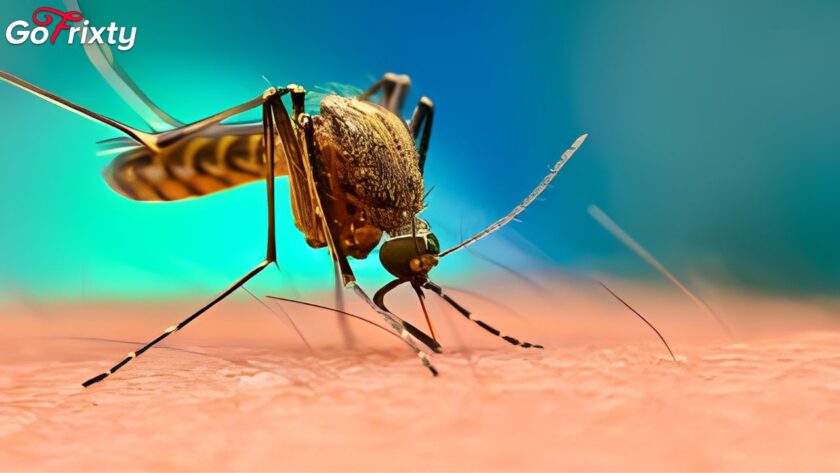Objective
The objective of this project is to provide an electronic device for local navigation tasks of the blind so that it may assist the blind person to move around without collision, compensating for the defects of visual function and improving the quality of life of the visually impaired.
Introduction
Blind people are those who suffer from diseases or accidental injuries that cause blindness. Blind people are divided into congenital blind people and acquired blind people. According to estimates by the World Health Organization (WHO), there are between 40 to 45 million blind people worldwide and the number is still increasing alarmingly. Blind people rely on hearing environmental cues for key tasks such as awareness, orientation, mobility and safety. A representative example is when trying to cross a street intersection all alone they stand still listening to the environment and will not cross until the traffic light sequence is fully understood. There is a dire need for assistive devices for blind people so that they may enjoy their lives.
Wearable devices are devices that allow a hand free interaction or at least minimize the use of hands when using the device. This is done by wearing the device on the body such as head-mounted devices, wristbands, vests, belts, shoes etc. these devices are light weighted and can be carried by the user. In this project, a small, wearable, lightweight device is designed to help the impaired ones to be alert of the obstacles or hurdles in the path. The device has a set of sensors that detect the object in the path and makes the person aware of the object by emitting sound through a buzzer. A specific range is set so when the objects come in this range, the person is made alert.
Components of a wearable sensor for blind people
The components used in this project to create wearable sensor device for blind people are,
- Arduino
- Buzzer
- Switch
- Battery
- Jumper wires
Ultra-sonic sensor (HC-SR04)
It is the device that measures the distance of the target object by emitting the sound waves by piezoelectric effect and converting the reflected sound waves into electric signals. Ultra-sonic waves travel faster than normal audible sound waves. Its range is 2-400cm and has a frequency of 40kHz. It consists of two components. A transmitter and receiver. The transmitter emits the sound waves and the receiver encounters the sound after it has travelled to and from the target. The circuitry in the sensor measures the time it takes between the emission of sound by transmitter to its contact with receiver.
The distance is calculated by following relation.
D = T×C
Where,
D = distance
T = Time
C = Speed of sound (343m/s)

Piezo-electric Buzzer
Piezoelectric buzzers are sound components that generate a monotone. Its working principle is piezoelectric effect. It is the effect where certain crystal change their shape when electricity is applied.

Arduino Nano
Different microcontrollers can be used to operate the ultrasonic sensor. For this project, we selected Arduino nano because of its small size, cost-effectiveness and breadboard-friendly features. It works with a Mini-B USB cable instead of a standard one. It has14 digital pins, 8 analogue Pins, 2 Reset Pins & 6 Power Pins. Arduino Nano comes with a crystal oscillator of frequency 16KHz

Circuit Diagram

Procedure to build wearable sensor for blind people at your own
- First of all, check that all the components are working properly and accurately.




